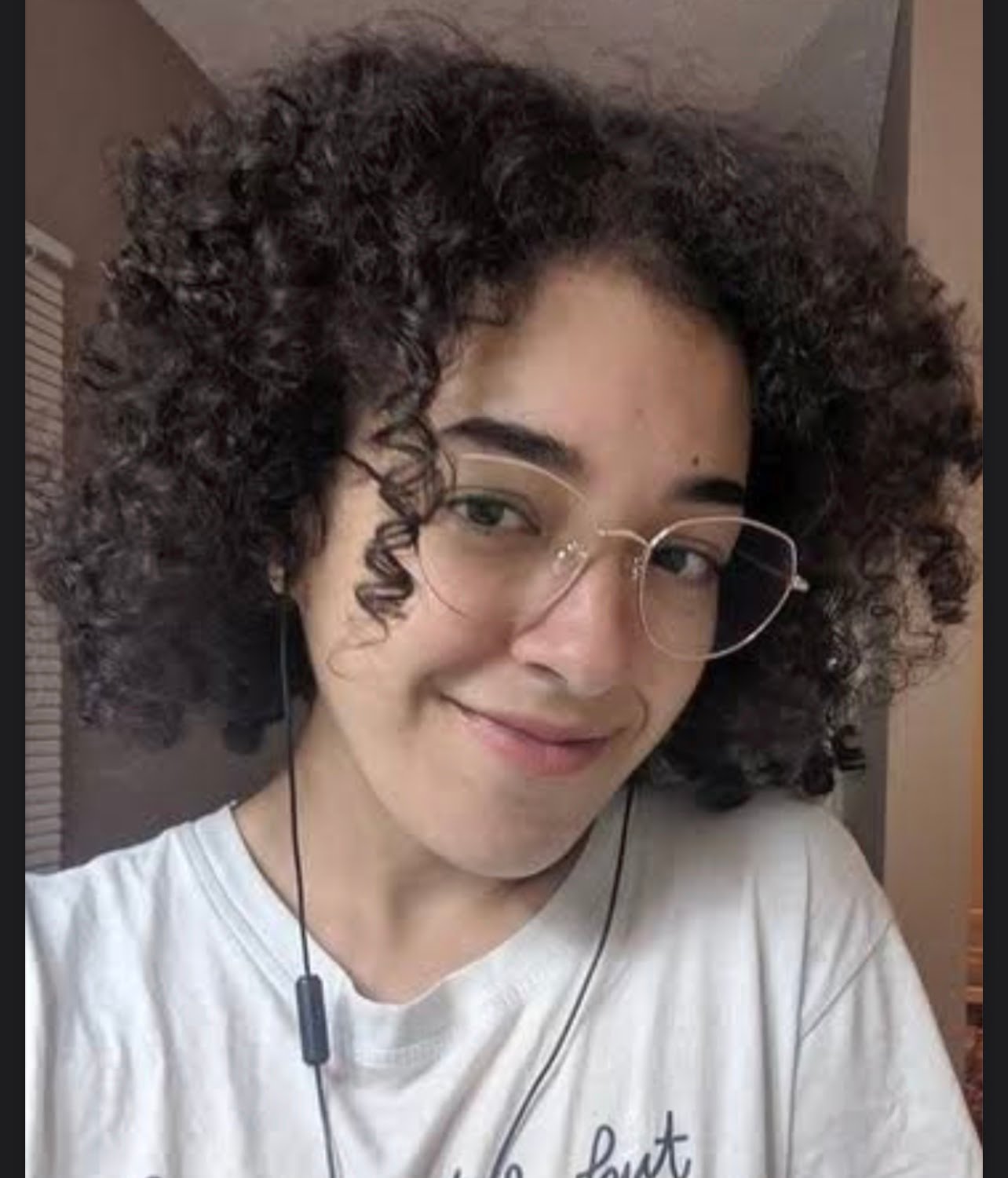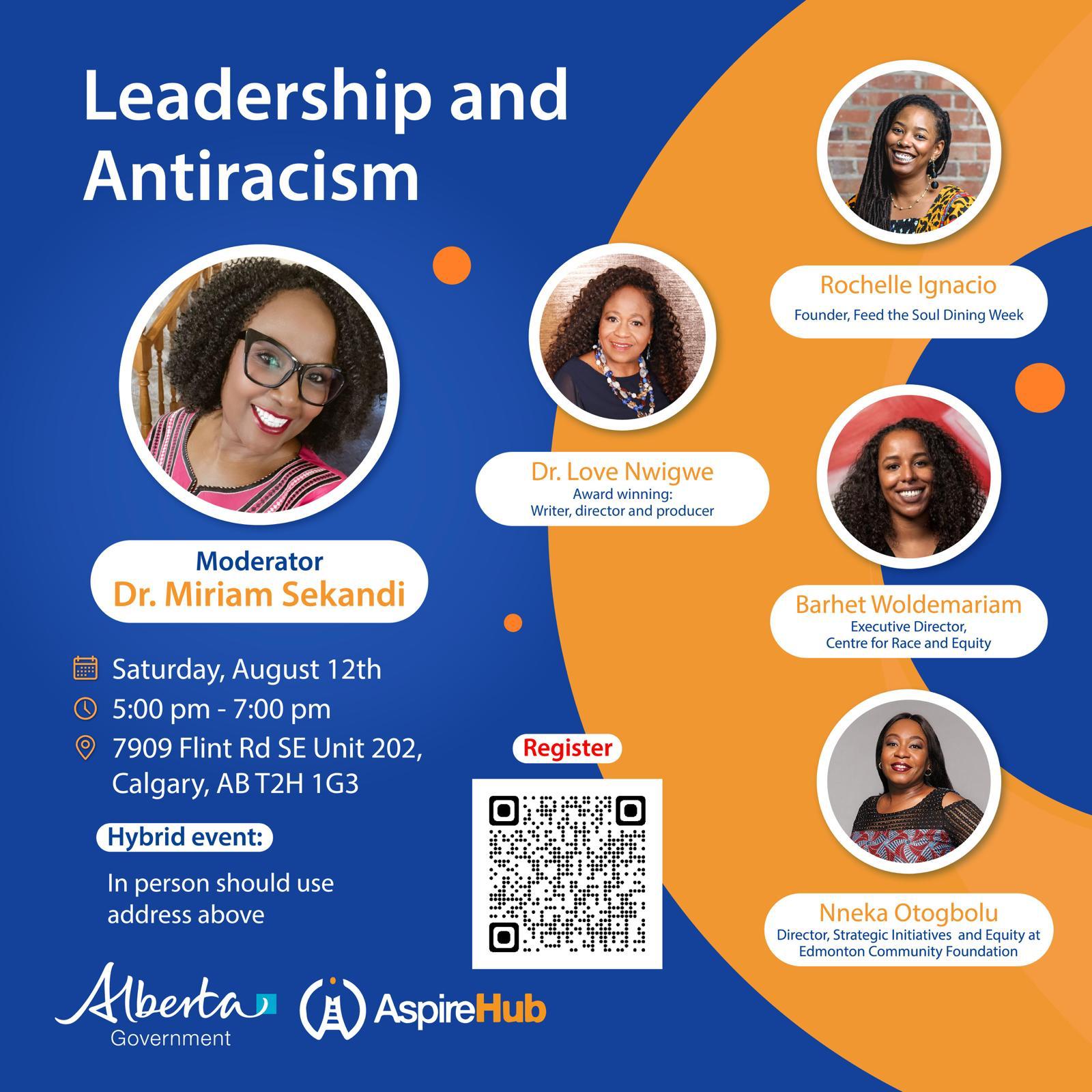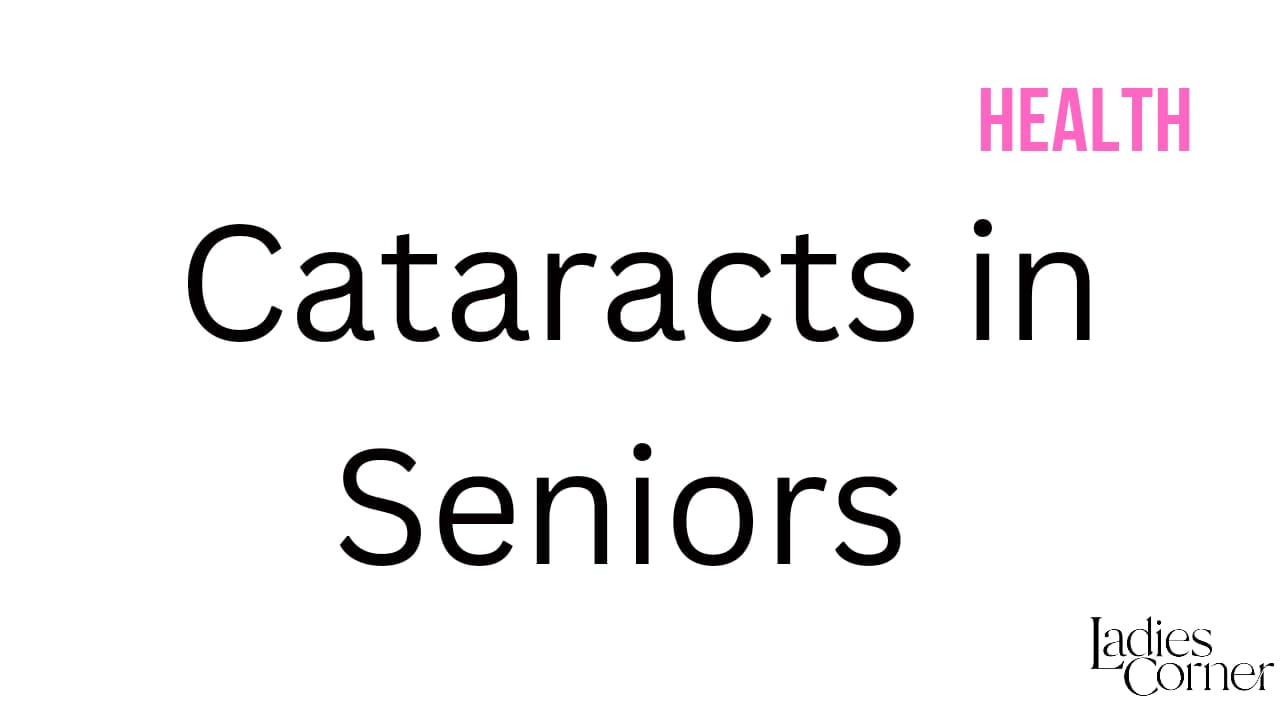
Urban Indigenous Women and a Continuation of Genocide
Urban Indigenous Women and a Continuation of Genocide
Urban Indigenous Peoples is used to describe all [Indigenous] peoples (status and non-status Indian, Métis and Inuit) who live in urban centres in Canada. The conscious exclusion of Indigenous people from Canadian society profoundly impacts the ability of Indigenous people to exist in urban spaces. Traditionally, urban areas are deemed developed, technologically advanced, and educated. Meanwhile, the social norms of rural spaces are characterized by less education, less development, and a lack of job opportunities. In this sense, Indigenous and non-Indigenous people resist urban Indigeneity and view Indigenous women in cities are out of place.
Indigenous women in cities are a distorted narrative in which their histories of displacement and dispossession are reflected. During the introduction of reserves, minimal plots of land were associated with isolated spaces; Canada’s Indigenous population was forced into segregation. Further, incoming settlers inheriting robust economies and trade transferred skills from Indigenous economies and brought them to cities. As a result, cities are manufactured hubs for developed and Western settlers. The lasting impacts of reserves continue to produce social, economic and health inequalities which cost Indigenous women their lives.
Joyce Echaquan, a 37-year-old Atikamekw mother of seven, filmed herself being insulted and mocked by female staff not long before she died at the hospital northeast of Montreal last September. Home to Manawan First Nation, Echaquan was a human being, a person. Irrespective of race, ethnicity, and all other characterizations of difference, Echaquan deserved dignity and, ultimately, life.
The Facebook Live video that Echaquan shared the day of her death showed a nurse and another patient attendant who was in the room calling Echaquan “stupid” and saying “she’d be better off dead.” Staff at the hospital assumed Echaquan was experiencing withdrawals, reflecting deep stereotypes against Indigenous people using drugs and alcohol. This story from Joliette, a small city north of Montreal, constantly reminds us of the discriminatory institutional practices that dehumanize Indigenous people.
After a three-week-long coroner’s report, Echaquan suffered from diabetes and cardiomyopathy rather than the unfounded assumption of drug use. Further, the report affirms that this event would’ve never been brought to the public’s attention if it weren’t for the video footage. Discriminatory institutional practices across health, education, legal and criminal justice systems are intensified in cities and lead to mass harm against Indigenous people.
Indigenous deaths in healthcare and child welfare are almost always characterized by racism, discriminatory assumptions. Quebec Premier François Legault has called the incident “totally unacceptable” but has denied such racism exists in his province. If the Premier is unable to address systemic racism, who will?
Racism against Indigenous peoples has been described as “pervasive, debilitating, limiting, suffocating, unending, violent, [and] demeaning.” The experiences and stories of Indigenous women, in particular, are disregarded and cited as a one-off situation. Coupled with stereotypes against Indigenous people and women, Indigenous women experience racism on all levels and structures of Canadian settler society – both institutional and individual. Racial, ethnic, and gendered barriers do not end at institutions but also geography.
Urban Indigenous populations mainly consist of non-status and Métis, who have “few entitlements as [Indigenous] people,” services such as healthcare and child welfare cannot adequately meet their needs. The idea that Indigenous peoples are divided by rural and urban geographies undermines Indigenous peoples’ place in urban settings. Rather than acknowledging that most Indigenous people within Canada’s borders live in urban spaces, it is comfortable and normalized. Indigenous people are ‘rural.’ With firm policies and beliefs rooted in past colonial and assimilative narratives, racism and discrimination will continue to harm Indigenous people.
Indigenous women were required to give up their status when they married white men under the Indian Act. Despite this widely known fact, little understanding is entertained for contemporary consequences of such policies. As a result, indigenous women are disproportionately impacted by rural and urban dichotomies, along with institutional discrimination.
Experiences of Indigenous people in urban geographies provide insight into the contemporary realities felt from coast to coast to coast. Without adequate acknowledgement of systemic racism, notably by federal and provincial governments, Canadian institutions will continue to harm and end the lives of Indigenous people.
The current understanding of Indigeneity is rooting in the past, rural assumptions. Rather than flowing from the top-down, constructive solutions to addressing institutional discrimination ought to include contemporary Indigenous experiences and knowledge. Indigenous expertise can resolve injustices and develop beneficial systems for Indigenous people when integrated into decision-making processes. Although the government isn’t always a solution, its authority and agency silence marginalized voices. Therefore Indigenous resistance is silenced. As a result of these processes, Indigenous people continue to be subjected to genocide. Genocide, whether subtle or blatant, is a significant frame of reference and cannot be ignored.
Monica Bassili has written previously about missing and murdered indigenous women and this write up was published here.
At LCCMedia, we are passionate about highlighting community issues which affects us all. We hosted a panel to discuss the scourge on indigenous communities here.





